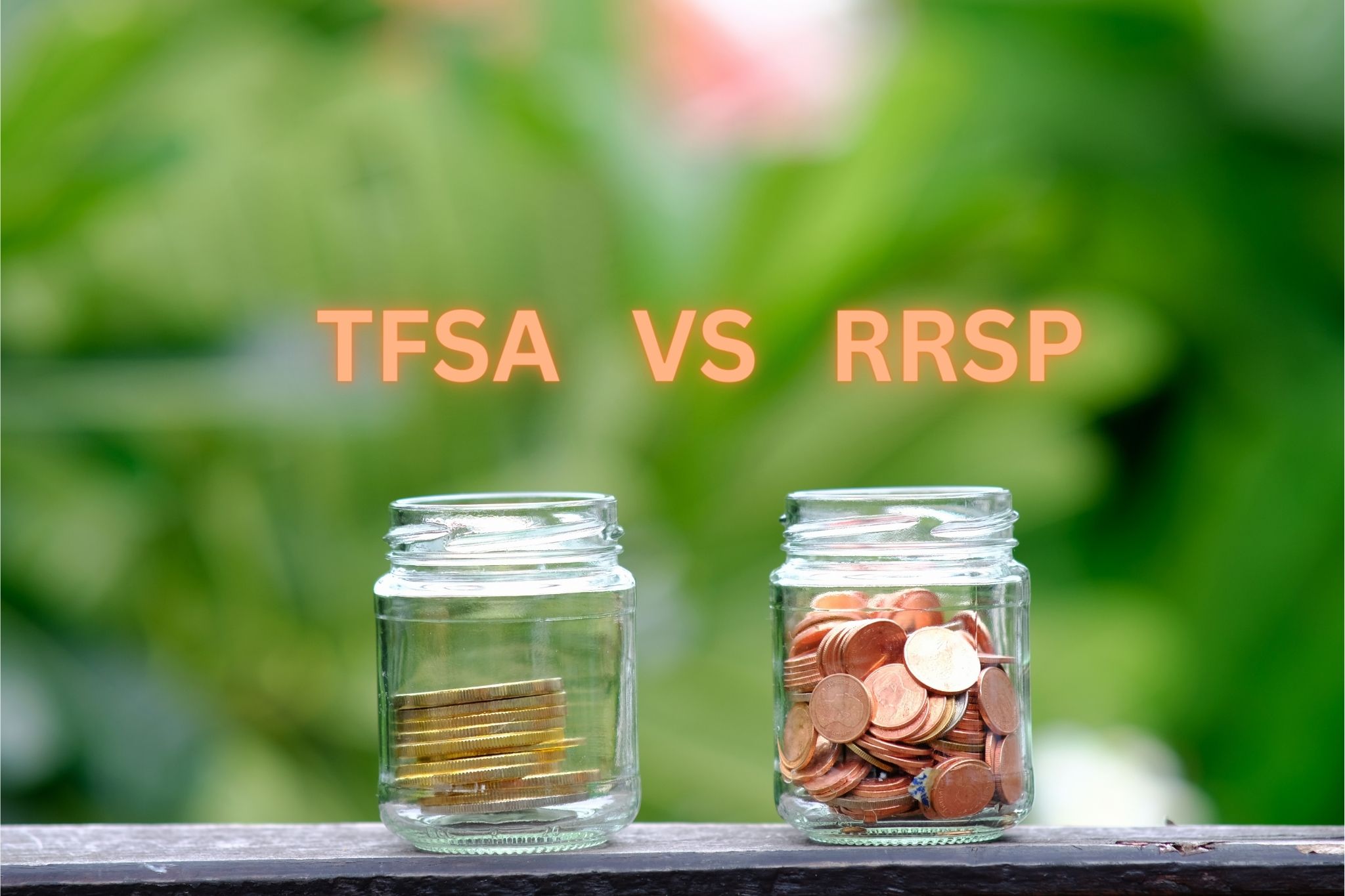
Each year, TaxTron Support Team receives numerous inquiries regarding the differences between Registered Retirement Savings Plans (RRSP) and Tax-Free Savings Accounts (TFSA). Most are aware of the tax saving benefits of subscribing to either plan but they are not quite sure about the mechanics and reporting implications of each. In this blog we will briefly discuss the differences between each plan.
Definitions
Registered Retirement Savings Plans (RRSP) is a government registered plan which allows individuals to save for their retirement by reducing their taxable income and allowing for the funds in the plan to grow tax-free until their retirement. Contributions to the plan are deductible from income for taxation purposes. Any income earned in the RRSP is usually exempt from tax as long as the funds remain in the plan. Payments from the plan are subject to tax upon withdrawal. TFSA Tax-Free Savings Account (TFSA) is a registered tax-advantaged savings account in which contributions, interest earned and the money withdrawn is not subject to tax. Unlike RRSP, contributions to the plan are not deductible from income for taxation purposes.
Setting Up
RRSP and TFSA can both be setup through banks, financial institutions, credit unions, trusts and insurance companies. You can lose money in both plans if you subscribe to risky instruments. Therefore, its critical to discuss your investment goals (preservation or growth) with your investment advisor. The higher the return, the higher the risk.
Account Opening requirements
The requirement for opening a TFSA is quite straightforward. The individual must be at least 18 years of age and must be a resident of Canada. Non-resident accountholders will be subject to 1% tax for each month the funds stay in the account.
Opening an RRSP account on the other hand is slightly more complicated. To open a RRSP account, you must be under 71 years of age, you must be a Canadian-resident for tax purposes and you must file income taxes. Minors under 18 can open a RRSP account with a written parental or guardian consent.
Contribution Age Limit
There are no age limits for contributions to TFSA. As long as you have the contribution room, which will be discussed in the next segment, you can contribute to TFSA regardless of your age. RRSP contributions age limit is December 31 of the year you turn 71 years old.
Spousal Contributions
Spousal contributions can be made under both plans. RRSP spousal contributions have two major benefits:
There are no age restrictions when it comes to TFSA contributions. An individual can contribute up to their spouse’s contribution limit by simply transferring the funds to their spouse. Unlike RRSP, spousal TFSA contributions can not be made directly to the spouse’s financial institution.
Contribution Room
There are major differences in terms of contributing to each plan. Unlike RRSP, TFSA contribution room is not dependent on income. The 2023 contribution room for all residents of Canada is $6,500, an increase of $500 from 2022. The unused portion of the contribution room is carried-forward indefinitely.
Contribution Deadlines
Contribution deadline for TFSA is December 31 of each tax year. For example, if on December 31, 2022, you contributed $6,000 to your TFSA, you can contribute additional $6,500 on January 1, 2023 for the 2023 tax year.
RRSP Contribution window on the other hand is from March 1 of the tax year to February 28 of the following year. For example, assuming an available contribution room of $20,000 for the 2023 tax year, an individual can contribute $15,000 on or before December 31, 2023, and, additional $5,000 on or before February 28 of the following year.
Withdrawals
You can withdraw funds from your RRSP at any time as long as the plan is not a “locked plan”. In that case your withdrawal will be subject to penalties by your financial institution. The withdrawals from RRSP are subject to withholding tax and the withdrawn amount should be reported as RRSP income in your income tax return. There is a mandatory RRSP withdrawal in the calendar year an individual reaches 71. At this point the RRSP owner has three options:
For further information please contact SoftronTax at 1-877-SOFTRON or visit www.softrontax.com
Posted on 8 June 2023


